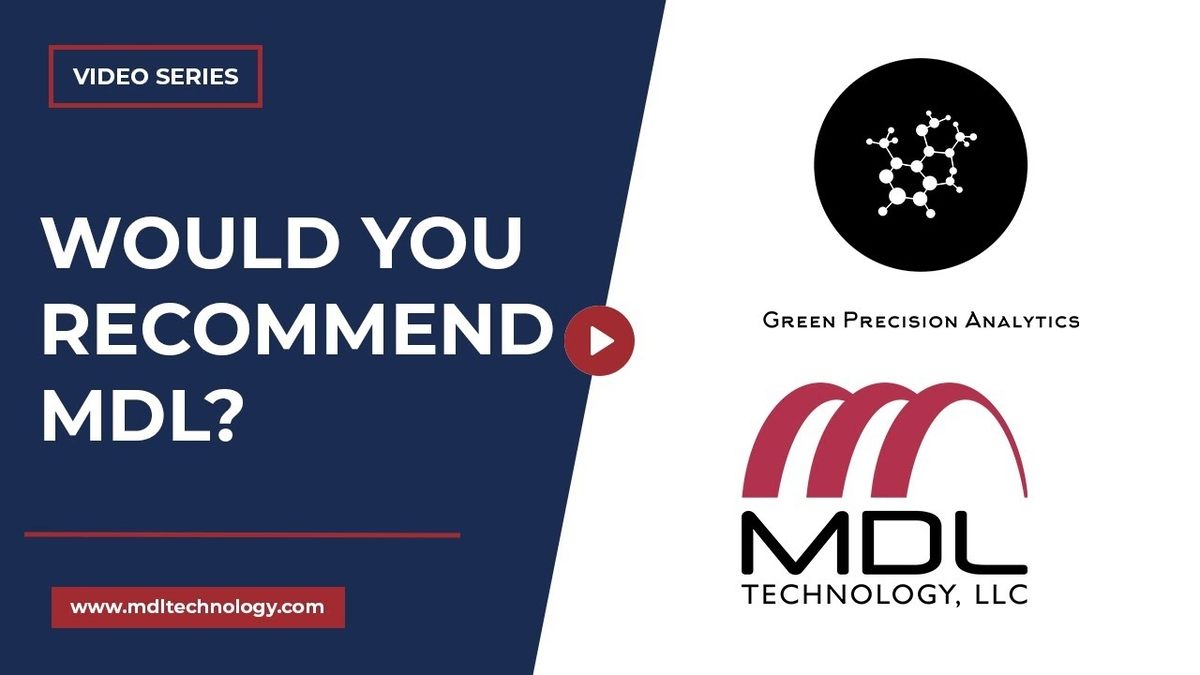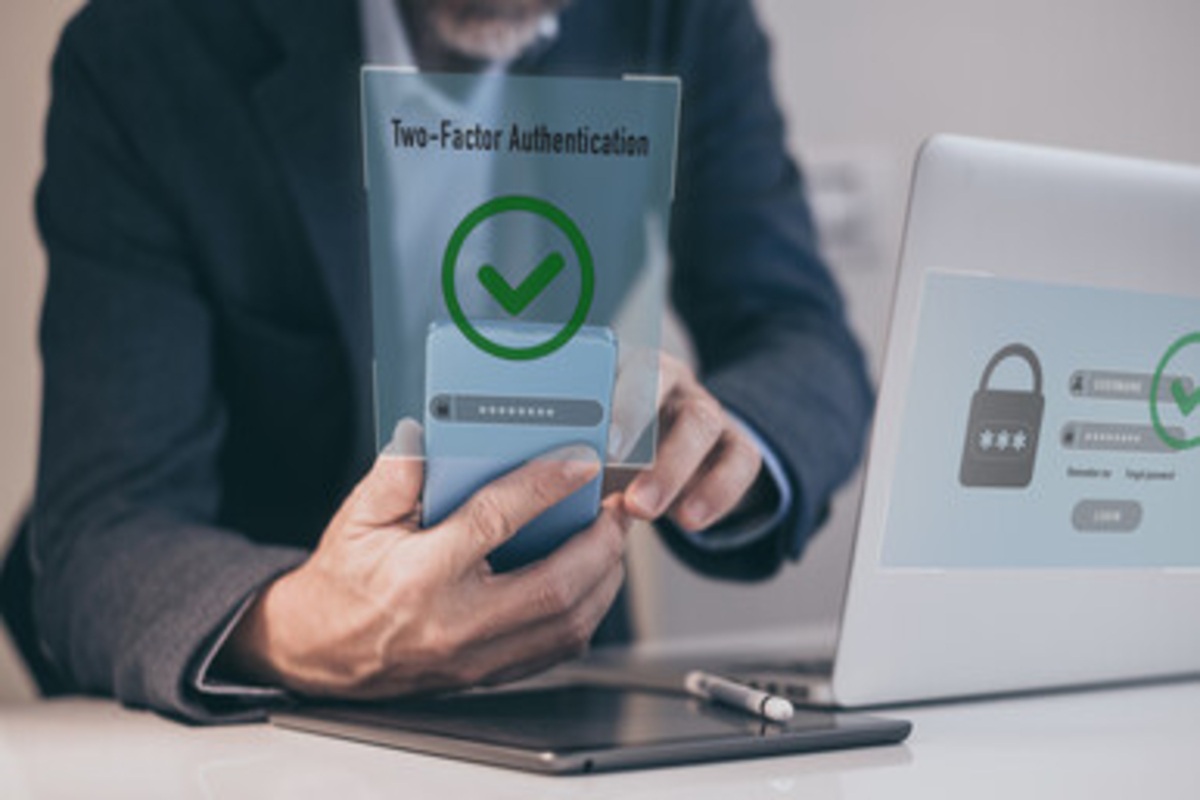Is your company compliant?
There are a lot of essential questions companies need to ask about regulatory compliance. These questions are the first step toward confirming that your clients, patients, partners and stakeholders have the safest, most secure and equitable experience working with your business.
Every industry has its own regulatory policy regarding data protection — and it is the company’s responsibility to identify and follow the compliance standards relevant to its operations. Regulatory compliance can feel overwhelming to tackle with the limited resources and long list of responsibilities that institutions have. But, ignoring compliance can have significant consequences.
Do you want to ensure and prove your company’s data security processes are up to snuff? Here are some frequently asked questions about regulatory and website compliance.
What is regulatory compliance?
In general, website or online compliance confirms that all companies meet the requirements to offer customers a safe, equitable experience interacting with your company. Companies need to meet these standards from website to internal data management to avoid negative consequences.
Website compliance can come in many forms and be more or less relevant, depending on the industry. When people think about website compliance, they may jump to ADA compliance: the standards we set to ensure that online information is available to people of all abilities.
ADA compliance is vital to offer an equitable digital presence, and the buck doesn’t stop there. Compliance can also look like standards protecting credit card information, client data and an overall acceptable level of website security.

What other types of compliance do you need to be aware of?
The two types of compliance that MDL specializes in are SOX compliance and HIPAA compliance. These are incredibly far-reaching compliance requirements that offer great benefits when followed and substantial consequences when ignored.
SOX Compliance
The 2002 Sarbanes-Oxley Act (SOX) was developed and passed to protect stakeholders and any connected personnel from enterprises’ errors or malicious practices. In short, SOX compliance is all about safeguarding financial data.
It has been estimated that a company with revenues of $75 to $100 million could spend up to 2.55% of revenues just to ensure compliance with SOX.
HIPAA Compliance
Did you know that sensitive medical data is more valuable than credit card data on the black market? That puts companies in the health care industry under an even stronger magnifying glass regarding data compliance.
The Health Insurance Portability and Accountability Act of 1996 (HIPAA) is a law that requires certain protections surrounding patient medical data or health information. These standards outline the lawful use and disclosure of protected health information and ensure that medical data isn’t circulated without patient consent or knowledge.
How do I know if SOX and HIPAA compliance standards are necessary for my company?
SOX Compliance
The Sarbanes Oxley Act affects all public companies in the United States. This includes wholly-owned subsidiaries and foreign publicly traded foreign companies that conduct business in the U.S. On top of that, any accounting firms that perform audits for these publicly-traded companies must also follow SOX compliance standards.
Private companies with plans to go public must also start thinking about SOX compliance before going to market. Likewise, many nonprofits must follow some standards while having some exceptions.
HIPAA Compliance
HIPAA law must be followed by all “covered entities,” which include:
- Health care providers
- Nursing homes
- Health plans
- Health insurance companies
- HMOs
- Company health plans
- Government programs that pay for health care, such as Medicare and Medicaid
And that’s just to name a few. In short, any company that has houses or has access to sensitive medical data must follow HIPAA compliance standards.
What does excellent regulatory compliance look like?
So to avoid consequences and be confident that your company offers a secure and safe experience, what does this standard of compliance look like?
These are a few of the critical requirements of a SOX and HIPAA compliant company.
Secure internal data management
Your company houses sensitive financial, medical or business information that needs to stay secure and protected. That means using a quality cloud storage system, secure network connectivity and other security measures to safely store large amounts of data.
Secure Logins and Encrypted Devices
The more people with unlimited access to sensitive information, the more likely that information will fall into the wrong hands. Both SOX and HIPAA compliance prioritize data security standards that limit internal and external access to client or customer data. This can look like a tiered data access system, encrypted devices, secure logins and multiple-factor authentication.
Transparency and honesty in all financial data
SOX compliance requires accuracy in all documentation and submissions in all financial reports. This means that, based on fraud or process error, having incorrect financials can lead to costly consequences.
Authorization Practices
Required authorization to view, use or access sensitive data must have strict guidelines and the necessary software to back it up. That means any internal or external online platforms need to bar unauthorized personnel from seeing info. This security also needs to be practiced in phone, email and in-person communication.
Encrypted Forms
Any online forms that patients or customers fill out with sensitive info must be encrypted and secure. This must block unauthorized viewing, tampering or exploiting form data from unauthorized personnel.
Consistent Enforcement
While the sentiment of SOX and HIPAA laws may stay the same, advancements in infrastructure and technology will lead to updates to compliance requirements. Companies need to keep on top of any changes and enforce all compliance policies across the board. When these standards are not met, SOX compliances also require the protection of whistleblowers.
Proof of Compliance
As much as your company needs to follow compliance standards, it also needs to prove compliance. This means tracking audits, keeping logs of events and processes, monitoring security breach attempts and having the necessary documentation and tools to establish the timeline of compliance.

What happens if your website isn’t compliant?
Not following compliance happens — and when it does, it can be costly, time-consuming and embarrassing. It can even shut the doors of companies. Here are some potential consequences for companies caught not meeting the necessary SOX and HIPAA compliance standards.
Fines
A fine is a relatively minor consequence of failing to follow SOX or HIPAA compliance. Especially if there are multiple violations, both the institution and individuals can rack up a severe amount of money.
SOX fines:
Senior executives: Fined $1,000,000 per violation
Institution: $5,000,000 per violation
HIPAA Fines:
Individual: $25,000 civil fine
Institution: Fined $50,000 to $250,000 per violation
While these are current fine parameters, these fines only get more costly with inflation and time.
Legal action
For major violations, individuals can be charged and serve lengthy prison time.
HIPAA Sentence: One to 10 years in prison
SOX Sentence: 20 years in prison
Loss of license
Significant violations can also put institutions on probation, take away licenses and bar them from operating indefinitely. Unfortunately, this can also lead to loss of business insurance and other required standards of operation that are extremely hard to overcome.

How do you create a compliant website?
Regular Audits
Our managed services include regular audits to find, fix, test and update any holes in your SOX or HIPAA compliance practices. So when something breaks or a hacker attempts a data breach, you will have a dedicated team to handle the threat in a timely fashion.
Setting up internal controls
MDL managed services include the necessary setup and information to create adequate internal controls for minimizing admin access to sensitive information. This ensures that your team only has access to the data they need to perform their professional duties.
Tracking progress
Tracking progress without a managed services team can be time-consuming, confusing and lead to mistakes. A professional team dedicated to monitoring and proving compliance will clear up any confusion and ensure you consistently have proof of SOX and HIPAA compliance.
Security
Meeting and exceeding compliance standards is only possible when you have the correct tools and resources at your disposal. Network monitoring, secure cloud storage, cyberattack protection, proper team training and a knowledgeable managed services team will all play critical roles in compliance.
MDL can help
MDL supports a wide range of company sizes and industries, including, but not limited to, the following: accounting firms, medical and public sectors. However, the fact is that most businesses – especially the small-to-medium businesses do not have the knowledge, expertise, IT or legal skill to check compliance.
When you work with MDL, your institution can be confident that all security and compliance guidelines are monitored, tested and met at every level. With services such as 24/7 support, network monitoring, offsite data backups, auditing and compliance, we help ensure that you don’t need to stress your team’s private information becoming public and the costly consequences that follow. Learn more about the services we offer by visiting our website.







